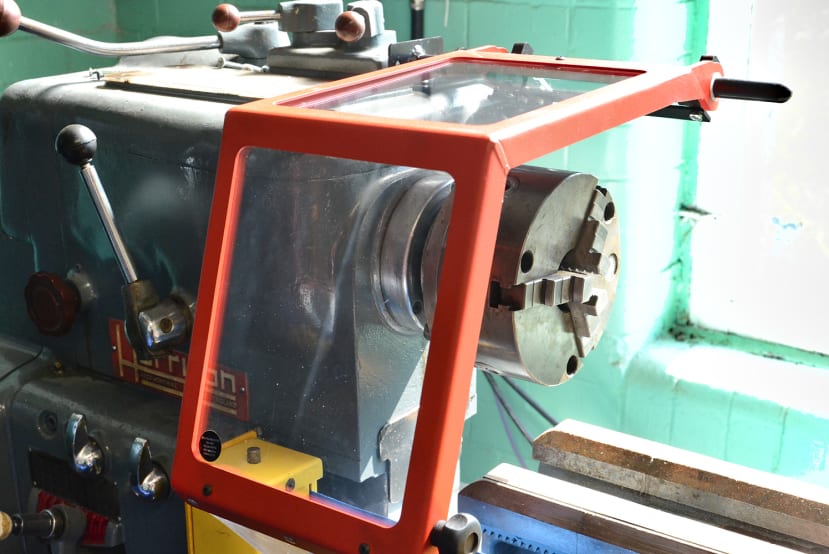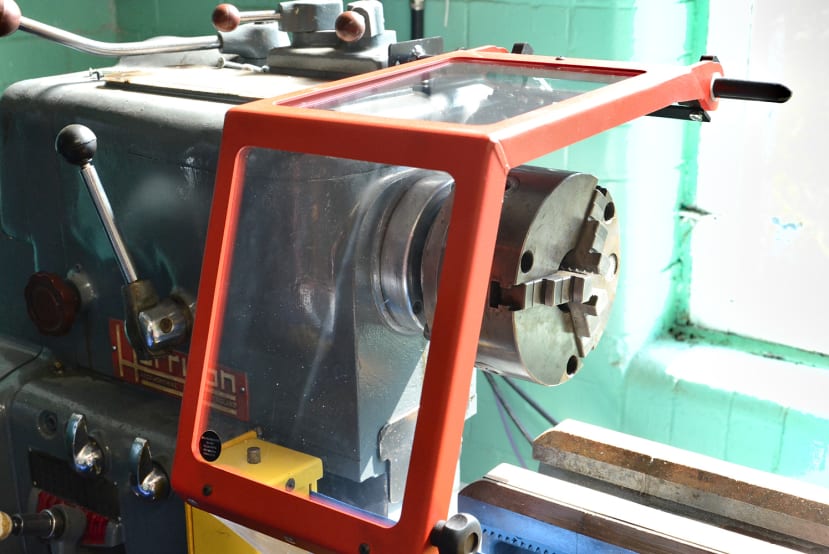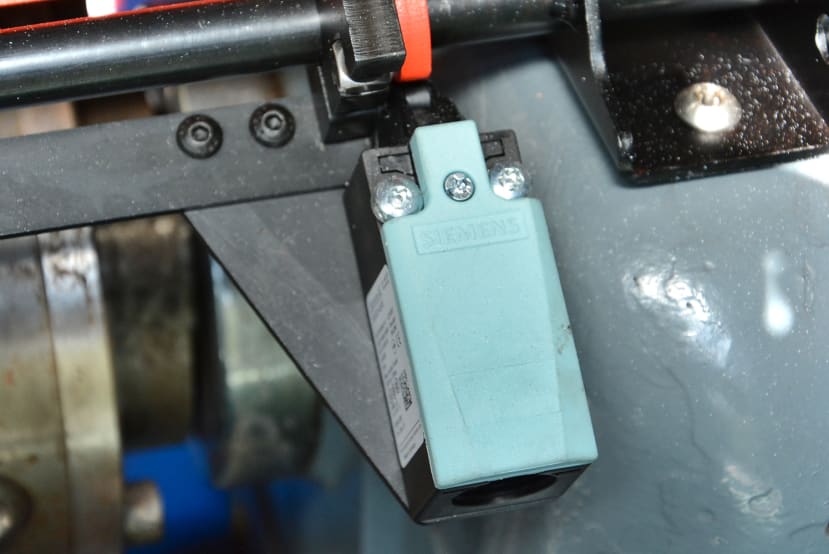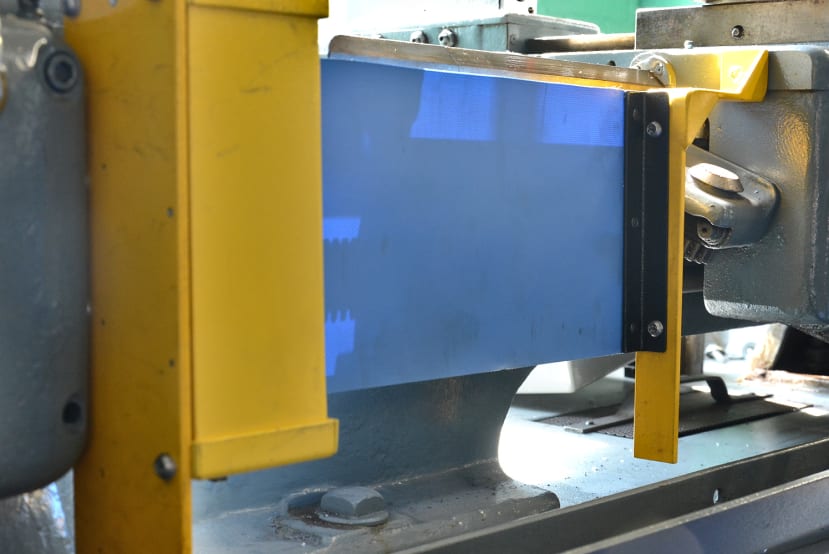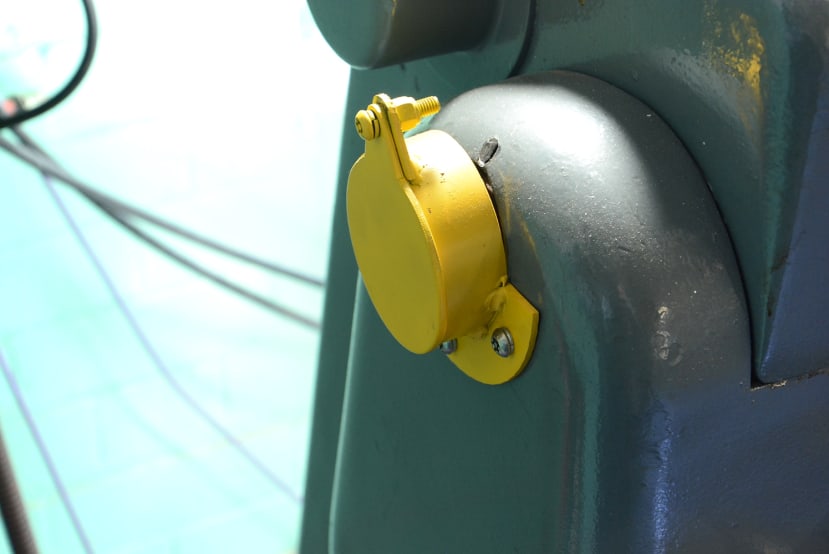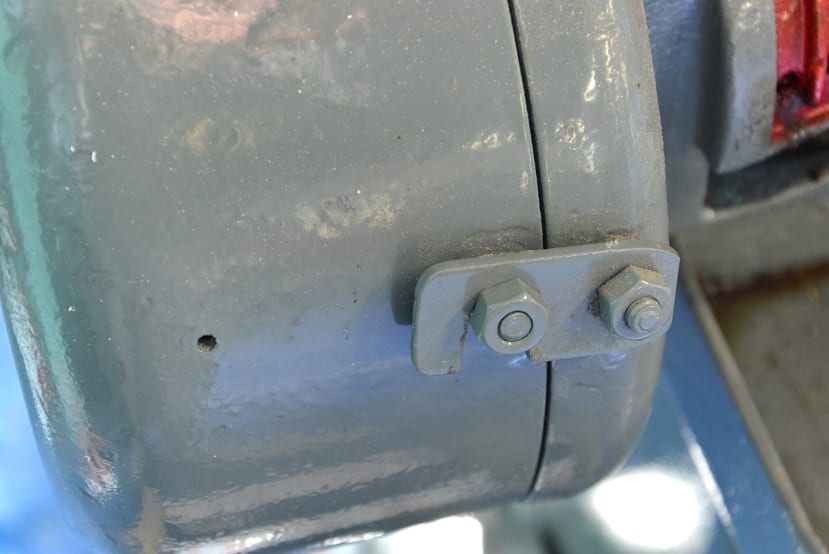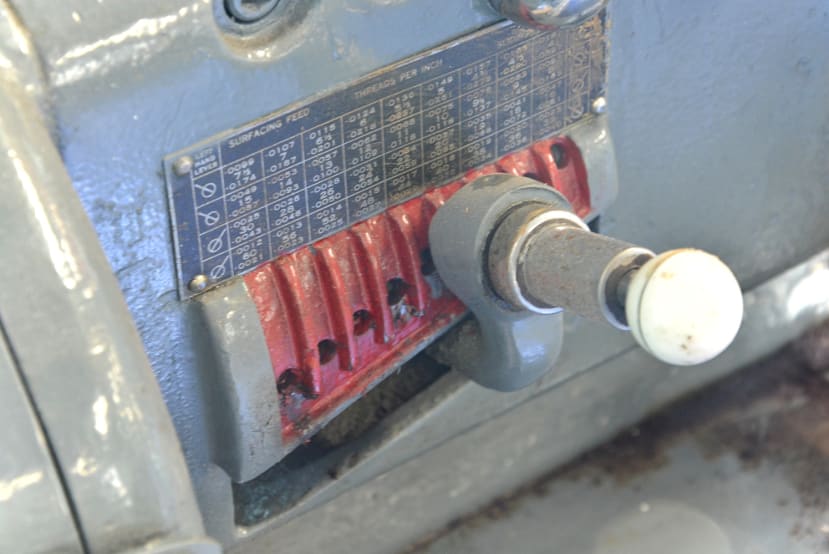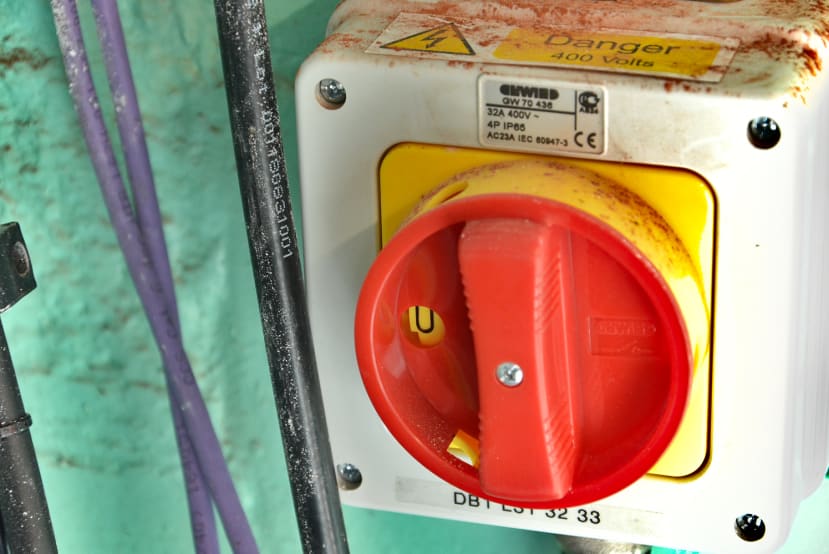Retrofitting Modern Safety Controls to a Vintage Harrison Lathe Part1: Introduction
Follow articleHow do you feel about this article? Help us to provide better content for you.
Thank you! Your feedback has been received.
There was a problem submitting your feedback, please try again later.
What do you think of this article?
Adding up-to-date safety controls to bring our Harrison lathe in line with current HSE requirements and for our own peace-of-mind.
Introduction
Some time ago we acquired a vintage lathe and after a few projects, where being able to use this would have been useful, we decided to finally add safety features so that it would be ready for general use.
In this article, we’ll be exploring some of the guarding requirements set out by HSE and looking at what is already present on our machine that meets these.
Warning: this article is not intended as a practical how-to guide and does not constitute professional advice! If you wish to attempt something similar, please consult the relevant legislation in your country and where appropriate enlist the help of a suitably qualified expert, e.g. in health & safety or machine guarding.
HSE Requirements
As we are based in the UK we turned to the website of the Health and Safety Executive to find out what requirements there are for guarding machinery in a workplace.
The HSE set out a number of regulations which all tend to be quite broad and require some interpretation to fit a specific scenario — in our case risks, safety and regulation around lathes. We started by exploring the “Provision and Use of Work Equipment Regulations 1998” (PUWER from here on) part two, regulation seven, which talks about specific risks and the requirements of an employer.
An example of a specific risk when it comes to turning is entanglement; which results in around one fatality every year in the UK, and a large proportion of other injuries resulting in the amputation of fingers, broken bones and torn ligaments.
This regulation mentions a requirement which is “the use of that work equipment is restricted to those persons given the task of using it;” and that any employee or persons given the task of using the work equipment should “have received adequate training related to any operations in respect of which they have been so designated” — highlighting that training and usage restrictions are the first step towards safety. This seems obvious but unfortunately, as the saying goes, every safety rule is written in blood.
Regulation nine of PUWER further expands upon training and states that “Every employer shall ensure that all persons who use work equipment have received adequate training for purposes of health and safety” and that any risks which are present when using the work equipment, and any precautions that should be taken, should be clearly communicated to the operator/employee.
Regulation eleven begins to talk about guarding and protection from dangerous and moving machinery parts and stock bars. Guarding should prevent access to any dangerous part or stock, but on a manual lathe, it is necessary to have access to the rotating stock. Nonetheless, this risk can still be minimised through the use of guards where appropriate, such as a chuck guard and a chip screen that reduces the possibility of hot flying chips hitting an operator.
Moving on, regulation fourteen discusses requirements related to machinery controls that can make a “significant change in operating conditions”, and then moves on to state that all controls must only be able to be operated with deliberate action — for example restarting a machine after a stoppage and changing speed and direction.
Emergency stop controls are highlighted in regulation sixteen, which states that one or more readily accessible controls must be provided unless not necessary by reason of the nature of the hazards. The regulation also states that any emergency stop controls must operate with priority over normal stop controls as specified in regulation fifteen. Due to the age of our lathe, no emergency stop controls are present.
Isolation from energy sources is covered in regulation nineteen, which requires that a suitable means of isolation from all energy sources should be provided. In the case of our lathe, this is provided by a lockable isolator switch on the electrical power feed. Safe reconnection (as mandated in the regulation) is also taken care of thanks to the motor starter which releases the contacts in a loss of supply situation.
The above is simply our interpretation and should not be taken as professional advice. Please visit the HSE website or the equivalent in your country and consult the relevant legislation, enlisting the help of a suitably qualified expert where appropriate.
Meeting the HSE Requirements
To make our lathe safer to use, we’ll be implementing the requirements that we looked at earlier.
Meeting the training requirement ranges from being as simple as a set of written instructions and warnings for simple tools to a multi-day course — as would be the case for operating a lathe, or other complicated machines and processes such as welding. Many companies offer training courses on a variety of machines and topics and often can visit a workplace to deliver training for smaller topics (such as abrasive wheel courses).
In our situation outsourcing training for the lathe would make the most sense, as it is quicker and easier to speak to someone with in-depth knowledge and experience.
As one of the main hazard areas on a lathe is the spinning chuck, we contracted a local company that specialises in machinery safety to inspect and install a suitable chuck guard. The guard consists of a folded metal part that holds polycarbonate windows to allow for visibility of the chuck and is hinged at the rear to allow for easy access.
The guard as installed includes an interlock switch that indicates the position. This will be utilised to provide an input to our emergency stop circuit so that when the guard is lifted power to the machine is disconnected.
As our lathe features power feeds, there are rotating shafts just behind the controls on the apron. These present an entrapment hazard and thus we had guards installed. The guards are a flexible curtain that extends from a sprung holder on either side, preventing the guard itself from becoming entangled.
On the left-hand side of the headstock, another small guard is present that restricts access to the end of the spindle through bore. The guard can be swung out of the way to allow for long stock to be fed through the chuck, and thus is not interlocked.
The gearbox does not need a guard, as in normal operation of the lathe the cover is bolted shut. During maintenance, the machine should be isolated and locked off to ensure no accidental starting can occur, and based upon this and our particular work environment deemed an interlock unnecessary.
PUWER regulations require controls on a machine to be operable only with a deliberate action. On our lathe, these controls include the clutch that couples the motor to the headstock gearbox, the gear selectors for the spindle, and the gear selectors that control the power feeds. Ball detents on the control levers and their positions on the machine reduces the risk of any accidental action.
Isolation is provided by a lockable isolator switch on the wall, which was installed along with the lathe itself. This can have a padlock installed to stop power from being restored without deliberate action such as cutting the isolator or the padlock.
To Finish
In this post, we’ve taken a look at various requirements set out by the Provision and Use of Work Equipment Regulations, and how these are addressed on our workshop lathe.
In part two, we’ll be looking at the safety controls to add an emergency stop to meet regulation sixteen of PUWER, building up the control box and fitting it to the lathe.


